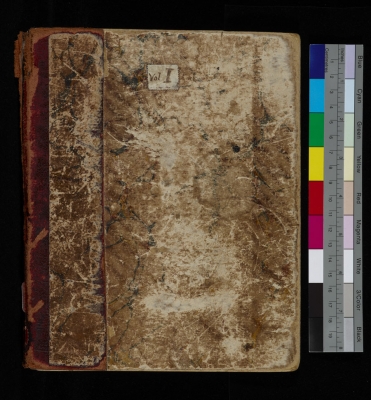To search the RPR site click here
Very little is known of what happened to objects between the moment of acquisition and when they were put on display either in Pitt-Rivers' private home at Rushmore or in his private museum at Farnham, Dorset.
However, a legal case in December 1900 and January 1901 involving Pitt-Rivers' eldest son and heir Alexander makes some of the procedures clearer:
‘The testator [Augustus Pitt-Rivers] before sending anything to the Museum used to have the goods that he bought for the museum sent to the house [Rushmore] … and there they were catalogued and set up temporarily in his house in cases and ticketed, and so on; then when he had seen enough of them and had not room for them he sent them down to the museum; but he kept a large catalogue consisting of nine volumes of everything that was intended for the museum. That was kept there and illustrated. He had pictures made of everything that went down.' [Page 6 of an account of the proceedings]
This was confirmed by Waldo Johnson (one of the draughtsmen who worked on the catalogue and in 1900-1, a secretary):
‘As a general rule the articles and specimens of the said museum were sent to the testator’s house at Rushmore, and after being examined by the testator and catalogued sent to the museum at Farnham.’ [Page 12 of an account of the proceedings]
It is clear from Waldo Johnson's other evidence that Pitt-Rivers retained some of the objects at Rushmore for a while to enjoy, using them as decoration in the house on its walls or tables or in cases, but that they were all eventually destined to be displayed in the museum at Farnham.
‘At the date of the testator’s death, the articles set out in the schedule to this my affidavit were in the testator’s house at Rushmore. They were specimens which the testator had collected or purchased and were put in cases and in tables in the house at Rushmore and on the walls by way of decoration, but they were all intended to eventually form part of the collection in connection with the testator’s museum at Farnham, as they were all drawn in colour in the catalogue of the contents of the Museum prepared by and under the superintendence of the testator, and the whole or nearly the whole of the articles in the said schedule were ticketed in the same way as the contents of the said museum were ticketed, and were intended to be removed to the Museum. The said articles were always shown as part of the collection to any one asking to see them. The said catalogue of the contents of the said museum is contained in nine volumes, and is very elaborate.” [Page 12 of an account of the proceedings]
Note: a copy of the case, Scott vs Pitt-Rivers is held in the PRM manuscript collections. Pitt Rivers papers, Pamphlets.
AP, March 2011.




